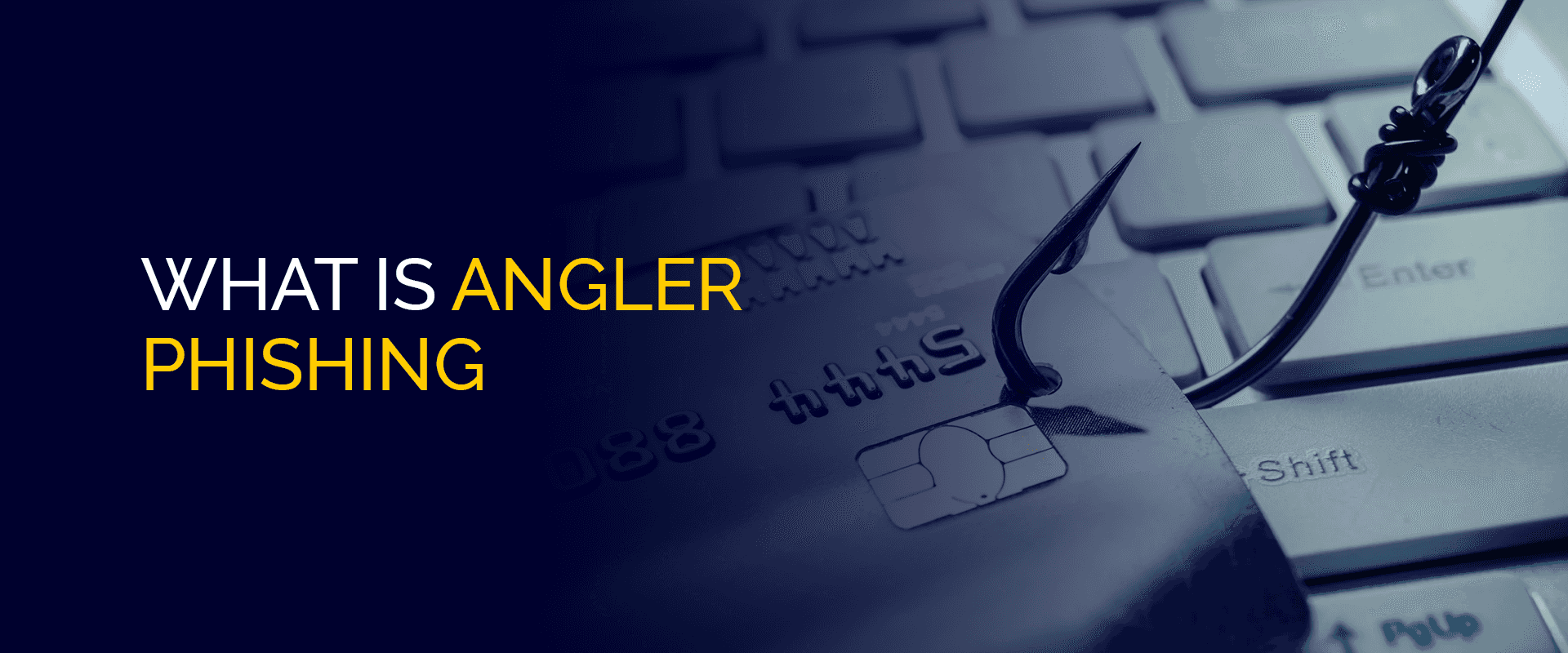What is Angler Phishing?
Angler phishing is a sophisticated type of cyber scam where fraudsters impersonate customer service representatives or support teams on social media platforms to steal sensitive information. Cybercriminals create fake profiles that closely resemble official business accounts and trick unsuspecting users into revealing login credentials, financial details, or personal information.
Unlike traditional phishing scams that rely on email, angler phishing primarily occurs on social media platforms like Twitter, Facebook, Instagram, and LinkedIn, where businesses provide customer support. The scam targets users who seek help with complaints or inquiries, making them easy prey for fraudsters pretending to offer assistance.
How Angler Phishing Works
- Monitoring Customer Complaints – Scammers actively search for users who post complaints about their bank, e-commerce platform, or any other service provider on social media.
- Fake Customer Support Accounts – They create fake profiles that mimic official support accounts, often using similar profile pictures and usernames.
- Direct Messaging the Victim – The scammer sends a direct message to the victim, pretending to be the official support team.
- Requesting Sensitive Information – They ask for login credentials, account numbers, OTPs, or other confidential details under the pretense of resolving the issue.
- Redirecting to Fake Websites – Some scammers provide phishing links that lead to fake login pages designed to steal the victim’s information.
- Gaining Unauthorized Access – Once the victim provides their details, scammers can take control of their accounts, leading to financial losses or identity theft.
How to Spot an Angler Phishing Scam
Being able to identify angler phishing attempts is crucial for protecting yourself. Here are some red flags:
- Suspicious or Slightly Altered Account Names: Scammers often use usernames that closely resemble legitimate ones, but may include extra letters, numbers, or symbols.
- Urgent Requests for Personal Information: Legitimate customer support teams never ask for sensitive details via direct messages.
- Poor Grammar and Spelling Errors: Many phishing messages contain typos and grammatical mistakes that official representatives wouldn’t make.
- Unverified Accounts: Official accounts often have verification badges (blue checkmarks) on platforms like Twitter, Facebook, and Instagram.
- Fake Website Links: Hover over links before clicking them to check if they redirect to the official website or a suspicious domain.
- Unsolicited Messages: If you receive a message from an account you didn’t contact first, it’s likely a scam.
How to Avoid Angler Phishing Scams
Protecting yourself from angler phishing requires vigilance and awareness. Follow these preventive measures:
1. Verify the Official Account
Before engaging with a customer service representative on social media, check for a verified badge and compare the account details with the official company website.
2. Never Share Sensitive Information
Legitimate companies never request personal details like passwords, bank account numbers, or OTPs via social media messages.
3. Contact Customer Support Directly
Instead of replying to messages from random accounts, visit the company’s official website and use their verified contact channels.
4. Be Wary of Links
Avoid clicking on links sent through DMs. If a customer support team provides a link, manually enter the website URL in your browser instead.
5. Enable Two-Factor Authentication (2FA)
Activate 2FA on all your online accounts. This adds an extra layer of security, preventing unauthorized access even if your credentials are compromised.
6. Report Suspicious Accounts
If you come across a fraudulent support account, report it to the social media platform immediately to prevent others from falling victim.
7. Use Strong Passwords
Create strong and unique passwords for each online account. Avoid using the same password across multiple sites.
8. Stay Updated on Cybersecurity Trends
Cybercriminals constantly evolve their tactics. Stay informed by reading cybersecurity blogs, following tech news, and educating yourself on the latest scams.
Conclusion
Angler phishing is a growing cyber threat that targets social media users seeking customer support. By recognizing the warning signs and following best practices, you can protect yourself from these scams. Always verify official accounts, avoid sharing sensitive details, and report suspicious activity to help create a safer online environment.














